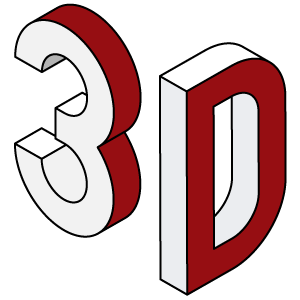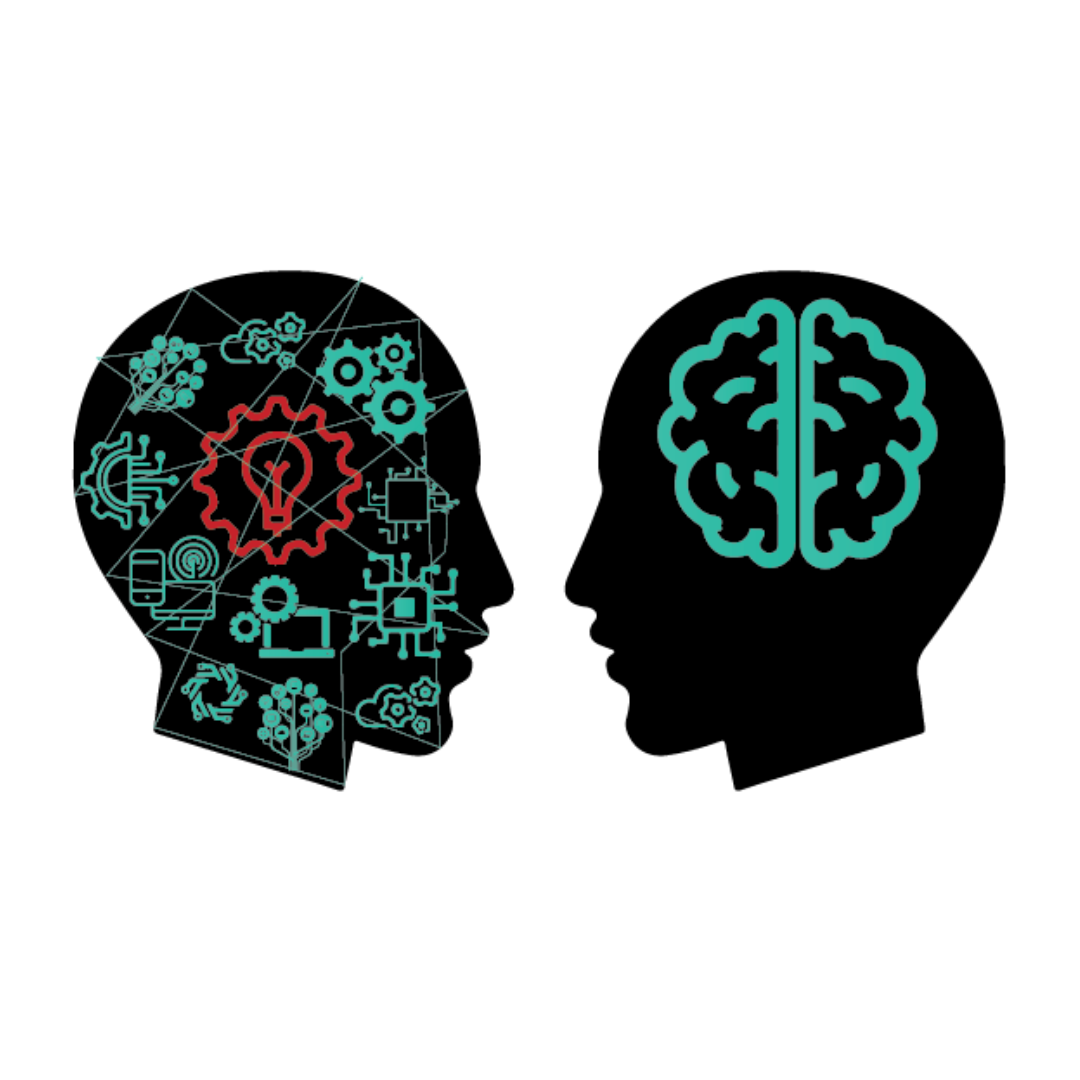Global Design Solutions delivers spatial computation and machine vision solutions that connect real-world data with digital environments.
We process LiDAR, imagery, and sensor data to build 3D models, digital twins, and automated workflows for inspection, design, and analysis.
Our spatial machine learning programs extract meaning from complex 3D and georeferenced data.
Capabilities include:
Object recognition and classification
Anomaly detection and feature tracking
Spatial clustering and forecasting
Model training using LiDAR and imagery
These models improve accuracy and reduce manual interpretation across design, construction, and inspection workflows.
GDS designs and deploys machine vision systems for industrial, manufacturing, and infrastructure applications.
Our systems perform:
Dimensional inspection and measurement
Geometry validation and quality verification
Automated part recognition and labeling
Defect detection in real time
These solutions increase speed, consistency, and accuracy while minimizing rework.
We convert LiDAR and photogrammetry data into high-precision 3D geometry for modeling and simulation.
Services include:
Point cloud registration and alignment
Surface and mesh reconstruction
Feature extraction and object isolation
CAD, BIM, and simulation preparation
Our 3D reconstruction process creates data models that integrate directly with engineering and visualization environments.
We implement AR spatial computation systems and mapping workflows that bring physical spaces into mixed-reality platforms.
Capabilities include:
SLAM and visual tracking
Scene understanding and object mapping
Real-time data overlay for training or maintenance
Spatial simulation for digital twin environments
These tools enhance visibility and collaboration in live operational settings.
We develop visual and sensor-based positioning systems that provide precise location tracking where GPS is not available.
Applications include:
Smart facilities and logistics
Asset and personnel navigation
Indoor mapping and wayfinding
Location analytics and operational safety
Each system is configured for reliability in signal-limited environments.
GDS operates focused research and development teams for spatial computation workflows and algorithm testing.
Our programs deliver:
Proof-of-concept and prototype development
Algorithm design using multi-sensor point cloud data
Workflow validation for AI, LiDAR, radar, and IoT systems
Fast deployment paths from experiment to production
These skunkwork teams accelerate product testing and reduce time to market.
We unify LiDAR, imagery, radar, and positional data within common frameworks.
This creates consistent accuracy across platforms and provides a foundation for adaptive AI systems.
Benefits include:
Higher model precision and repeatability
Scalable spatial data pipelines
Improved automation and reporting consistency
At Los Angeles International Airport, GDS completed a four million dollar glass installation without using the project contingency budget and with only twenty-five percent of the planned manpower.
The project met every schedule and quality requirement, saving the client millions.
Industrial inspection and automation
Digital twin creation and spatial modeling
AR visualization and navigation
Data analytics and spatial prediction
Edge spatial computation workflows
Real-time monitoring for infrastructure and facilities
Research and development in spatial algorithms
1. Discovery
We review your objectives, datasets, and technical requirements to determine where spatial computation and machine vision solutions can create measurable value.
2. Proof of Concept
A small-scale model or workflow is built using sample data to confirm performance, accuracy, and integration.
3. Deployment Plan
Once validated, we define architecture, data pipelines, and compute strategy for full-scale implementation.
4. Production Integration
We deliver a working system ready for live use, including documentation, support, and training.
5. Continuous Improvement
We monitor performance, gather feedback, and refine algorithms to maintain precision and stability.
If you are exploring how AI, LiDAR, or spatial computation can improve performance and efficiency, schedule a 15-minute consultation and discovery session with our team.
We will evaluate your objectives, identify practical opportunities, and outline a scalable plan for deployment.
Bringing the physical into the digital allows organizations to streamline operations, eliminate redundancy, and scale with confidence.

De-construct your world

Virtual asset assistance

Infrastructure and Strategy

Pioneering Digital Landscapes
We build virtual products